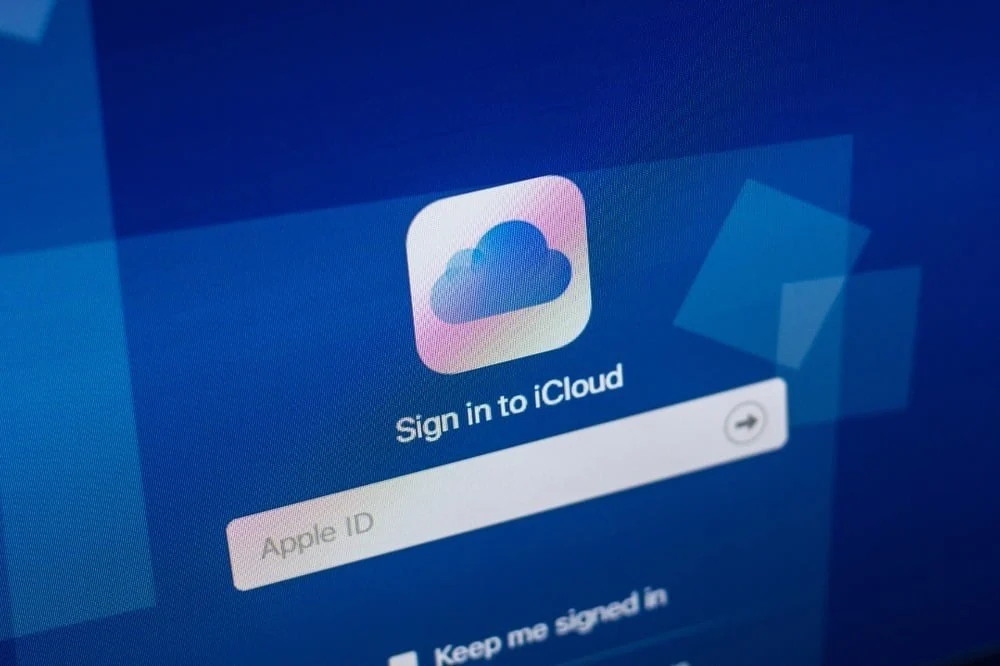Apple faced a significant disruption on June 24–25, as a major iCloud outage impacted millions of users worldwide. Key services such as iCloud Mail, Photos, Find My, and other core applications were down for several hours, causing frustration and concern among both casual and professional users. The incident raised questions about the reliability of Apple’s cloud infrastructure and its communication strategy during outages.
Timeline of the iCloud Outage
The iCloud outage began around 2:36 p.m. ET (12:06 a.m. IST) on June 24. It was quickly evident that the disruption was widespread, as users reported issues with accessing their iCloud accounts, retrieving emails, syncing photos, and using web-based Apple apps.
Reports peaked with nearly 1,000 users logging complaints on outage tracking platforms. Apple acknowledged the service interruptions and listed more than a dozen services as affected. These included:
- iCloud Mail
- iCloud Photos
- Find My
- iCloud Web Apps
- iWork for iCloud
- Calendar and Contacts
- iCloud Storage upgrades
- Apple ID verification services
By the early hours of June 25, Apple confirmed that all affected services had been restored.
What Services Were Affected?
The outage took down a range of critical cloud functionalities:
- iCloud Mail users experienced login failures, inability to send or receive emails, and repeated prompts for re-authentication.
- Photos failed to sync or load properly, with many users reporting blank image previews or persistent loading errors.
- Find My services were unable to track or locate Apple devices temporarily, leading to user anxiety over lost or misplaced devices.
- Web-based apps, including Pages, Numbers, and Keynote, were inaccessible, disrupting real-time collaboration and file editing.
Apple marked the issue as “resolved” after approximately four hours of downtime. However, some users continued to experience delayed syncing for several hours after.
Global Impact and User Response
The reaction from Apple users was swift. Social media platforms like X (formerly Twitter) and Reddit were flooded with complaints and confusion. Many users reported fears of data loss, missed work deadlines, or stalled communication due to email downtime.
Professionals who rely on Apple’s ecosystem for productivity raised concerns about the lack of real-time updates or communication from Apple during the outage. The company’s typically minimal approach to status updates was seen by some as insufficient during a widespread service failure.
What Caused the Outage?
Apple has not disclosed the specific technical cause behind the iCloud outage. However, experts suggest possible culprits:
- Backend misconfigurations during routine updates could have triggered a cascade failure.
- Centralized architecture may have made the system more vulnerable to outages affecting multiple services simultaneously.
- A possible network routing error could have disrupted data flow between Apple’s regional data centers.
While Apple resolved the issue relatively quickly, the lack of transparency has left many wondering if similar outages could happen again and whether Apple is doing enough to prevent them.
Lessons for Users and Apple
The iCloud outage reinforces the need for users to have backup options in place. Here are a few steps users can take:
- Regularly download backups of important data such as photos, documents, and emails.
- Use alternate email services like Gmail or Outlook alongside iCloud for redundancy.
- Enable offline file access for key documents, especially when relying on cloud-based iWork apps.
- Monitor Apple’s System Status page or third-party outage trackers to stay updated during service interruptions.
For Apple, the incident underscores the importance of better communication during service outages. Users increasingly expect real-time updates, estimated recovery times, and detailed explanations after incidents are resolved.
The Bigger Picture
While cloud outages are not uncommon, this Apple iCloud outage affected a wide array of services simultaneously demonstrating the growing dependency on a single ecosystem for both personal and professional use.
As Apple continues to expand its cloud offerings and AI-powered services, its infrastructure will face greater scrutiny. Users expect the same standard of excellence from iCloud that they associate with Apple hardware, making service reliability and transparency more crucial than ever.
Final Thoughts
The Apple iCloud outage that disrupted Mail, Photos, and other services is a reminder of the convenience and vulnerability that comes with cloud reliance. Although Apple resolved the issue within hours, the impact was felt across the globe. Moving forward, users would be wise to build redundancy into their digital lives, while Apple must prioritize proactive communication and infrastructure resilience to maintain trust.




